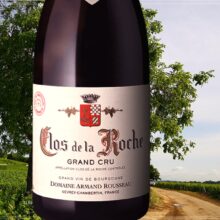
Product information
Domaine Armand Rousseau Grand Cru ‘Clos de la Roche’ 2002
Pinot Noir from Gevrey-Chambertin, France, Côte-de-Nuits, Burgundy
Description
Price on Application – Contact us.
Like night and day between this and the Mazis as here there is much more weight, size, earth and power with a much firmer tannic spine plus an edgier, more complex finish. This is still a bit awkward but it should benefit from another 6 months in cask. This too could be the best Rousseau Clos de la Roche in several vintages.
Allen Meadows, Burghound 89-92 Points Tasted Jan 2004 Drink: Try from 2008-2017
The 2002 Clos de la Roche Grand Cru has a well defined bouquet that strangely shows a little reduction at first. It gradually finds its feet, revealing dark cherries, bay leaf and touches of pine cone. The palate is medium-bodied with supple tannin. This feels meaty and quite savoury at 16 years of age. There is good depth and grip, although it does not quite deliver the complexity of other Rousseau 2002s on the finish (like the Clos St-Jacques.) Tasted at Sarah Marsh MW’s 2002 Red Burgundy tasting.
Neal Martin, Vinous 92 Points Tasted Dec 2018
Flowers and red fruits can be detected in the aromatic profile of the 2002 Clos de la Roche. Exhibiting lovely depth and richness, this medium-bodied wine has a broad, silky-textured personality filled with black cherries and spice. Elegant, lush, and generous, it also reveals a lengthy, edge-free finish. Projected maturity: 2006-2016.
Pierre Rovani, The Wine Advocate 90-92 Points Tasted Jun 2004
Provenance: Purchased on Release ~ Official Australian Importer ~ Climate Controlled Cellar. Bottle shots below show fill height and condition.
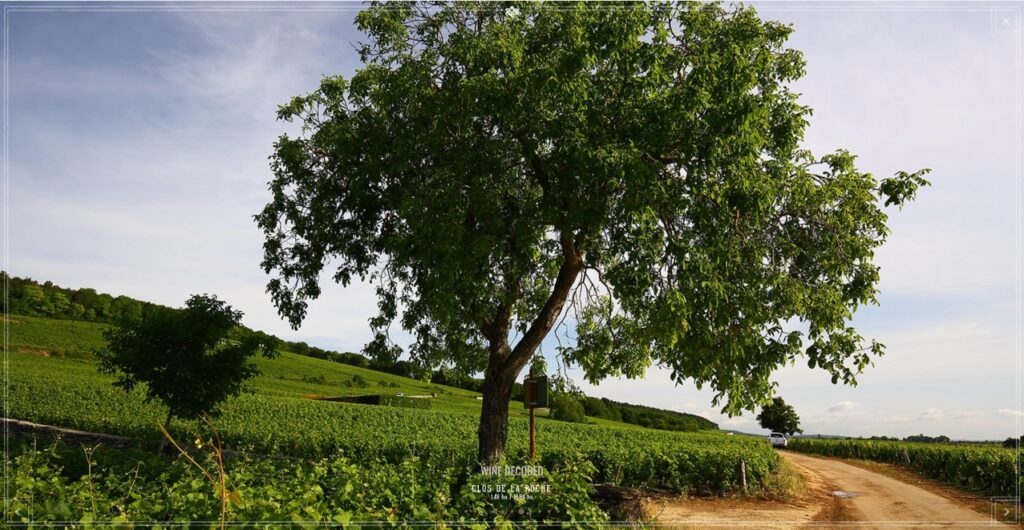








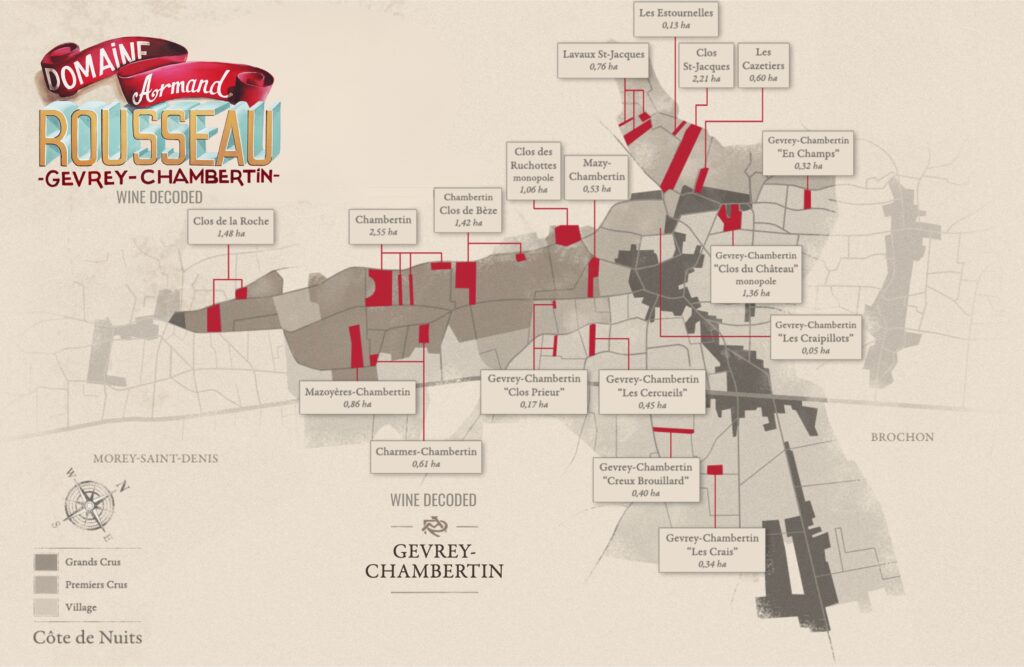
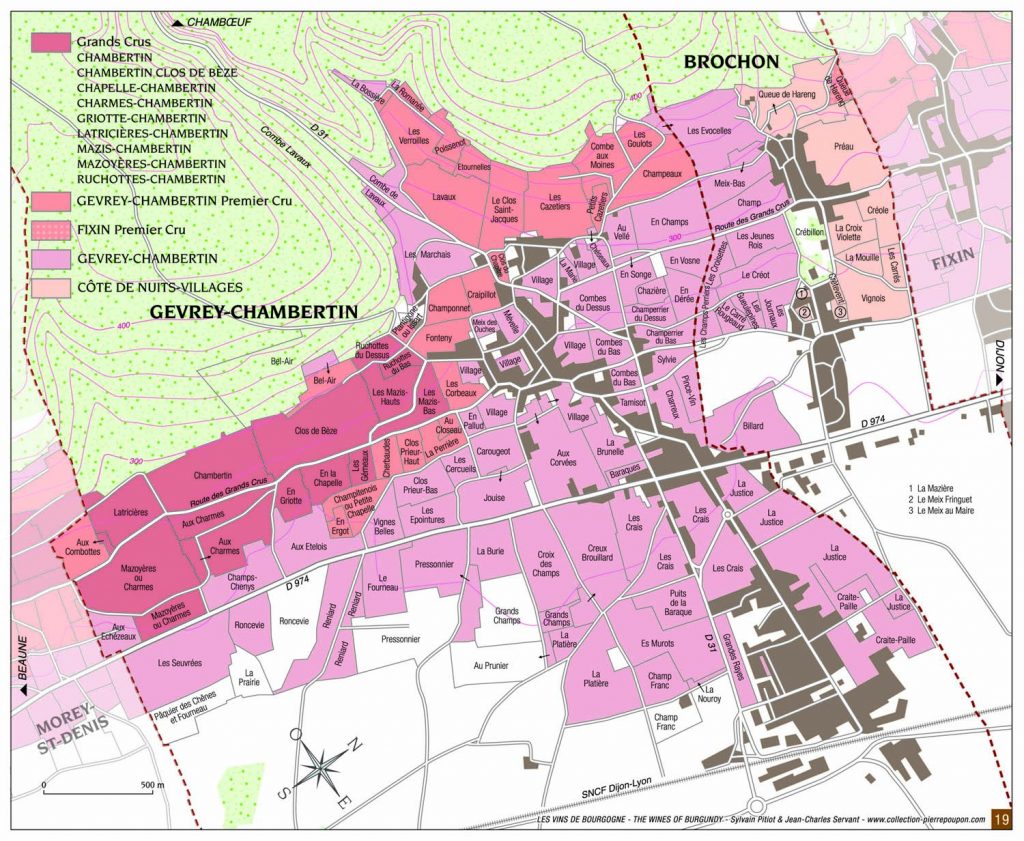
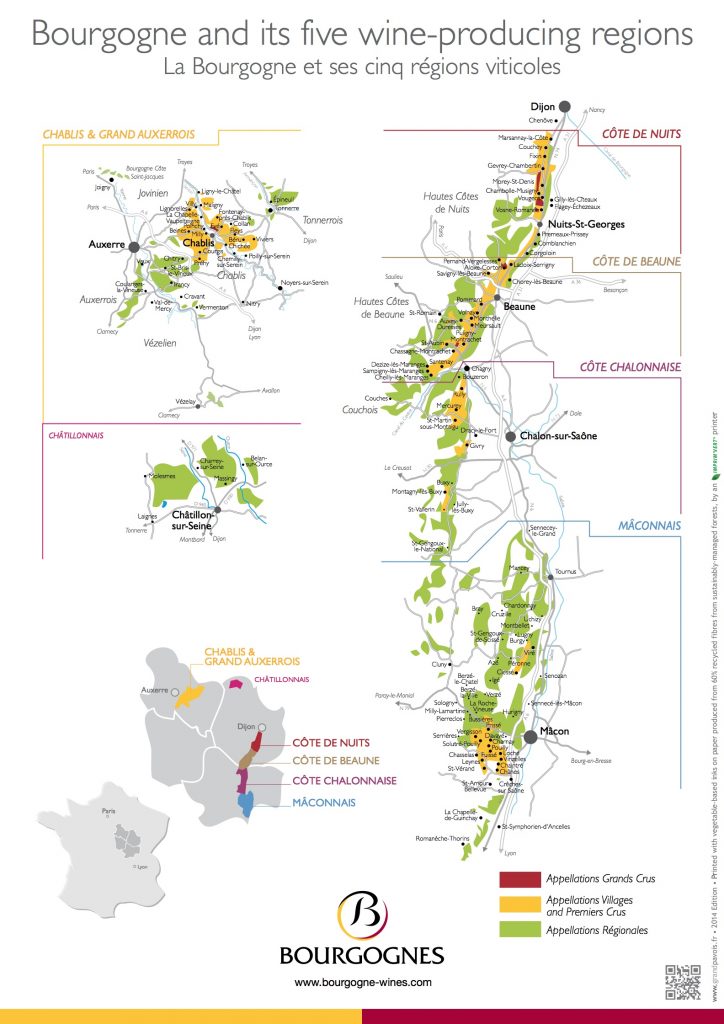
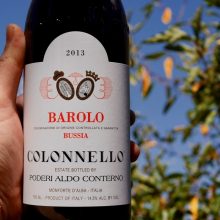

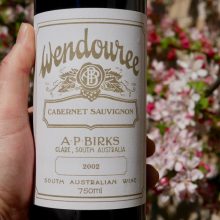
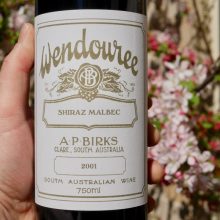
You must be logged in to post a comment.